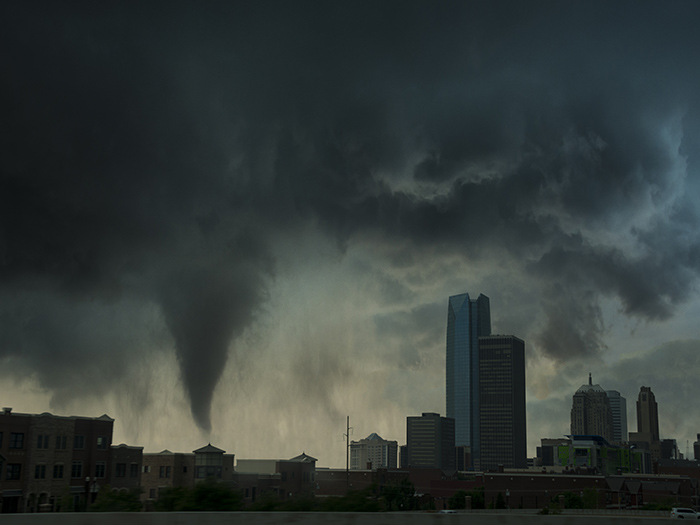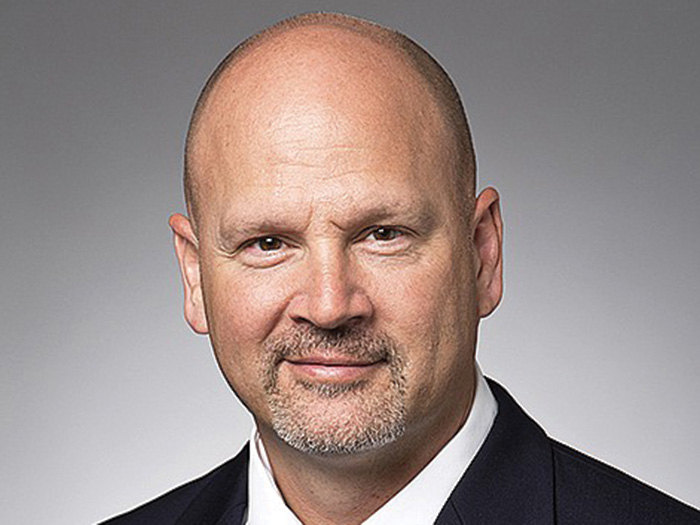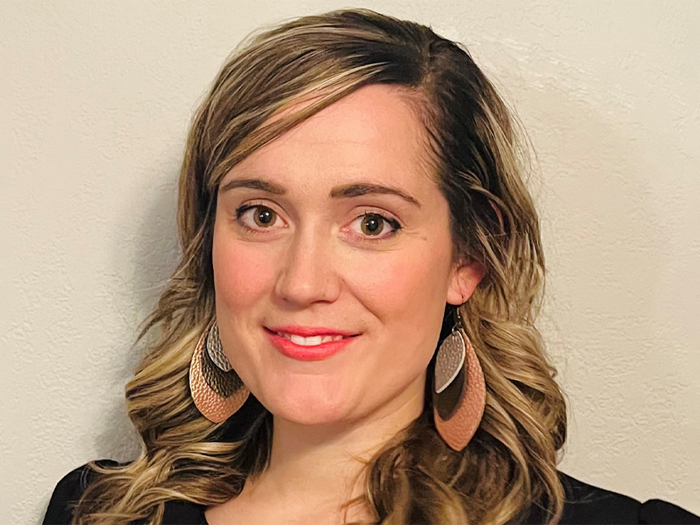Is the Litigation Deck Stacked Against You? 5 Cards to Play When Responding to the Scene of a Work-Related Accident
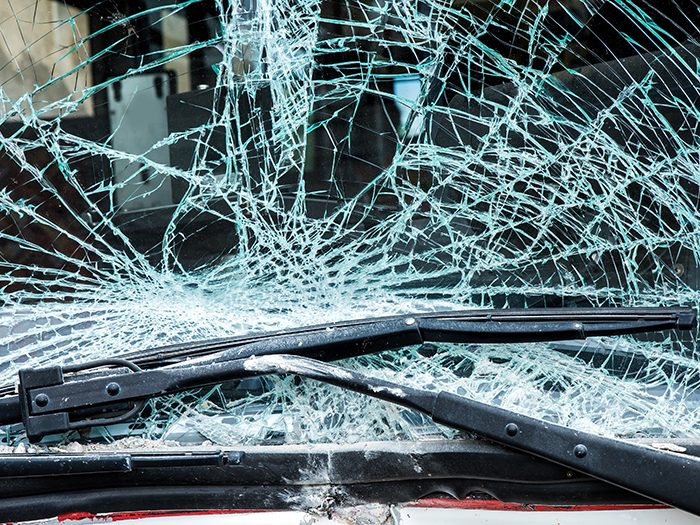
The minutes and hours that follow catastrophic transportation accidents can make or break the litigation that ensues.
Yet, it often takes over a year before a legal team is involved and the investigation into the accident facts begins. By then, the skid marks have cleared, witnesses and physical evidence are gone, and crucial gaps in the evidence have settled in.
In this scenario, litigation is comparable to being handed an incomplete deck of cards — an incomplete set of facts.
The litigation team no longer has control, and the lawyers are left with the cards as they are dealt.
Rapid response teams change the game. By gaining immediate access to the scene, the drivers, the roadway evidence, the authorities and the vehicles, you regain control over the evidence. Rapid response teams ensure that no cards are left on the table so that you can play your cards right.
Why Rapid Response Teams Are a “Game Changer” for the Transportation Industry
Rapid response teams are trending in the transportation litigation world — and for good reasons.

Brannon Arnold, partner, Weinberg, Wheeler, Hudgins, Gunn & Dial
For example, spoliation issues can arise innocuously on day one. From electronic truck data to hours-of-service logs and surveillance footage — the more time passes, the more opportunity for evidence to get lost, destroyed or inadvertently spoliated.
Early involvement of counsel can also help with an earlier and more informed case-resolution strategy.
Regularly, lawyers do not have an opportunity to assess the presentation and credibility of key witnesses until a lawsuit is at play. With rapid response teams, the legal team can establish trust and rapport early on. This is especially beneficial when the driver is no longer employed with the company by the time a suit is filed.
Finally, there is no need to limit rapid response teams to transportation clients.
Other regulated industries can also benefit from rapid response teams. For example, on-the-job accidents involving Occupational Safety and Health Administration could benefit from emergency response teams and evidence preservation.
The Rapid Response Deck: 5 Crucial Steps to Take in Responding to an Accident Scene
1) Get the expert(s) involved before the debris is cleared.
Have an accident reconstruction expert(s) “on-call” and ready to assist within hours of the accident.
The expert can document the roadway and vehicle evidence and diagram the scene.
Ultimately, this evidence will lend credibility to the defense case and to the expert’s testimony. Those images and data can also be used in a powerful accident reconstruction if the need arises.
2) Collect and preserve the technical evidence.
Look around. Walk around. Are there any surveillance cameras at businesses nearby? Is the truck equipped with a DriveCam? Is the officer using a bodycam?
Ask to see and preserve the surveillance as most businesses purge footage within a set timeframe — oftentimes, within 24 hours.
3) Assure compliance with federal, state and local regulations.

Shannon J. Barrow, partner, Weinberg, Wheeler, Hudgins, Gunn & Dial
The Federal Motor Carrier Safety Administration regulates the trucking industry and governs accident investigation and post-accident protocol.
In addition, state and local law enforcement agencies have separate compliance requirements.
It is critical to consult with a lawyer early to ensure full cooperation with the authorities and compliance with all applicable rules and regulations.
4) Support your driver.
Remember that the company driver may need your emotional support as much as they need your legal support.
5) Secure the paper trail.
Create the accident file within the first few days of the accident. Work with the client to gather and preserve all potentially responsive documents that you would expect to see in an evidence preservation letter from opposing counsel.
Federal and state-mandated document retention periods are shorter than most statutes of limitations. Early collection prevents a possible spoliation issue resulting from innocent purging schedules.
Finally, when applicable, ensure that the appropriate preservation requests are sent to the potential claimant and towing companies.
How to Avoid “A Bad Hand” of Cards
Sometimes knowing what not to do post-accident is just as important as knowing what to do. Experienced legal advice is critical to avoid common pitfalls, including the following examples:
Don’t let the driver drive off.
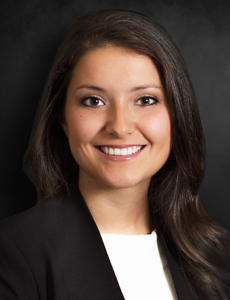
Anna Idelevich, partner, Weinberg, Wheeler, Hudgins, Gunn & Dial
Trucking lawyers increasingly rely on data from the truck’s “black box,” known as an electronic control module (ECM).
This device provides valuable insight into a variety of factors, including speed, braking, acceleration, etc.
This crucial data can be erased if the truck is not towed properly.
Likewise, most new motor vehicles are also equipped with electronic data regarding the vehicle’s performance in the seconds leading to impact. Insist that the other driver’s vehicle is towed, and the electronic data is preserved.
Don’t become a fact witness.
Carefully avoid doing anything that could result in the lawyer becoming a fact witness.
Don’t be a rookie when it comes to media inquiries.
Assure that media inquiries on the scene are diverted to the appropriate channels.
Do not allow the company driver to make a statement and closely monitor the driver’s interactions on the scene. &






